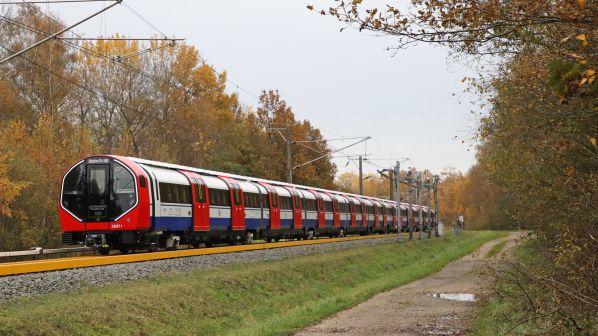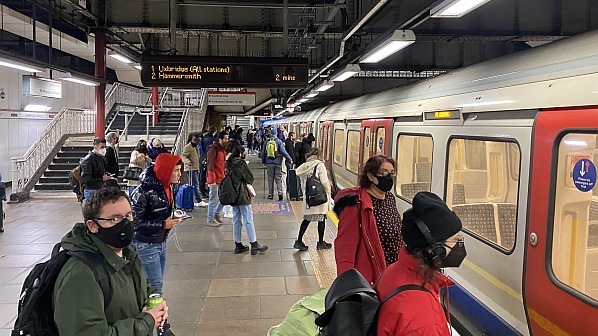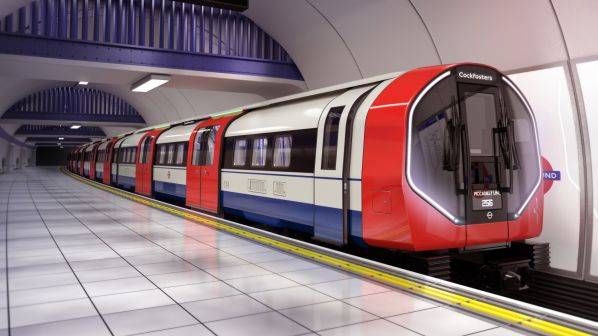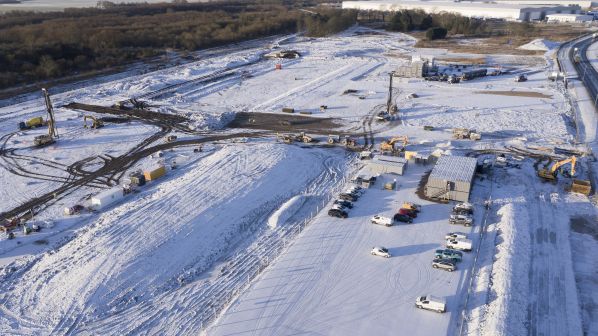TRANSPORT for London (TfL) and Siemens presented the first of the New Tube for London trains being built for the Piccadilly Line at the Siemens Wildenrath test centre in western Germany on November 16.
TfL used the event to urge a rapid decision by the British government on funding for the replacement of the Bakerloo Line fleet of 1972 Tube trains. Mr Stuart Harvey, chief capital officer at TfL, says decisions on funding are needed now. He says that without investment in infrastructure and depots in advance, any order for a new Bakerloo Line fleet as foreseen as an option in the Siemens train contract, could result in trains being delivered without the necessary maintenance and infrastructure work being completed.
The option for the Bakerloo Line fleet expires in 2026 while a further option for new Central Line trains expires later. Harvey said that TfL needs government funding as farebox revenue is insufficient to fund the necessary investment. Harvey also made it clear that TfL is seeking grant funding as it cannot afford to take on more debt to finance the new trains.
The 94 nine-car Piccadilly Line trains, which are being supplied under a £1.5bn contract awarded in 2018, will replace the existing fleet of 86 six-car trains introduced between 1975 and 1977. Each train is formed of five long and four short cars with the short cars cantilevered between the five long vehicles which are mounted on bogies.
By having fewer bogies, the new trains are lighter than those they replace and need 20% less energy to operate. However, once the planned enhanced timetable of 27 trains/hour, compared with 24 trains/hour today, is introduced after 2028, overall power requirements will rise as more trains will be operated than currently.
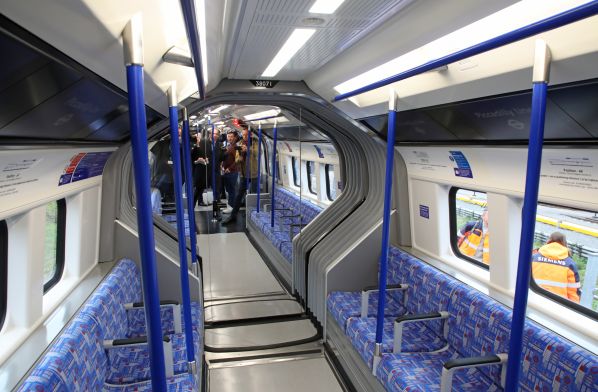
Each train can carry 10% more passengers than the existing trains and have full-width inter-car gangways throughout. These will be the first Tube trains in London equipped with air-conditioning. They also have greater headroom for passengers than the current fleet.
The first trains are being manufactured at Siemens’ plant in Vienna. However, production will switch to Siemens’ new plant in Goole, Britain, in March 2024 where more than half of the fleet will be assembled. Siemens is considering building a short test track at Goole.
The first of the new Piccadilly Line trains is expected to enter service in 2025 with the full fleet in operation in mid-2027.
For more data on metro train orders, subscribe to IRJ Pro.
